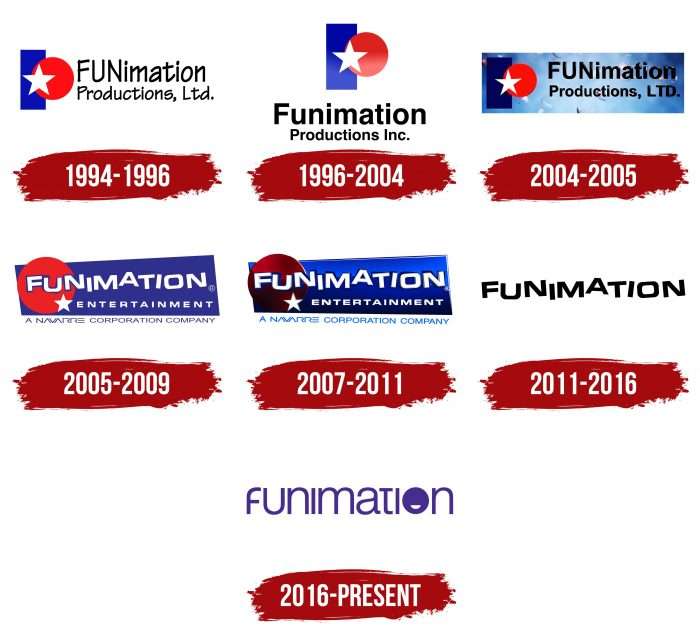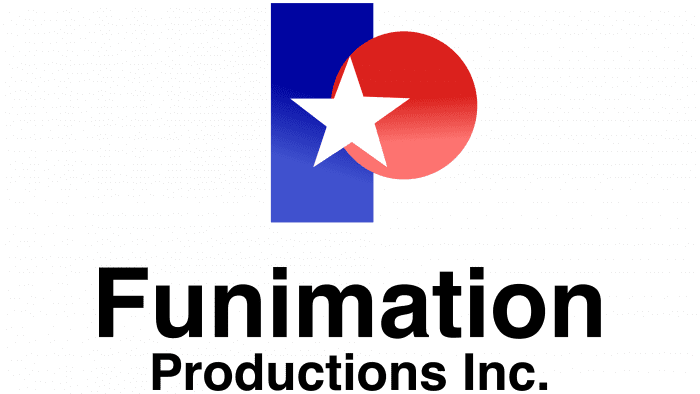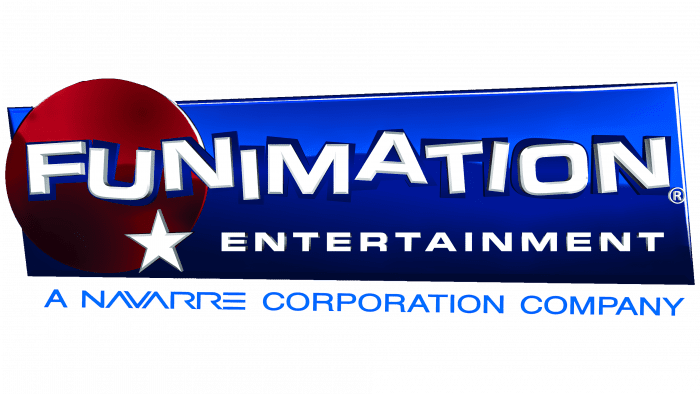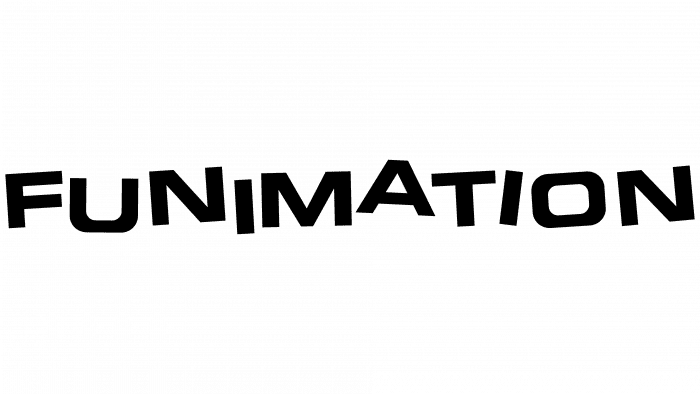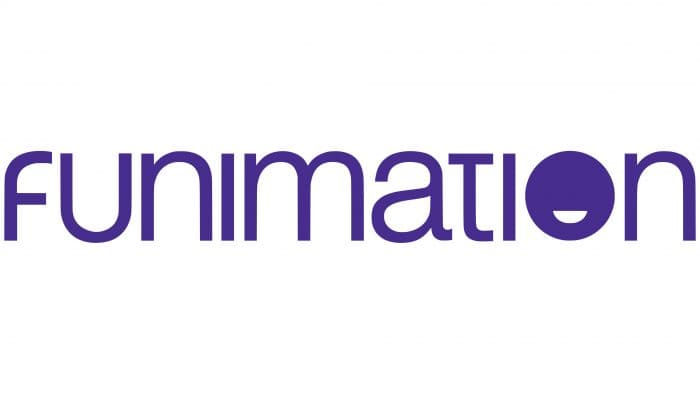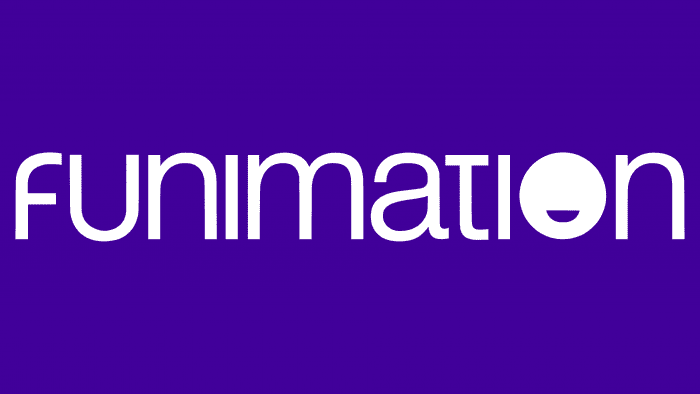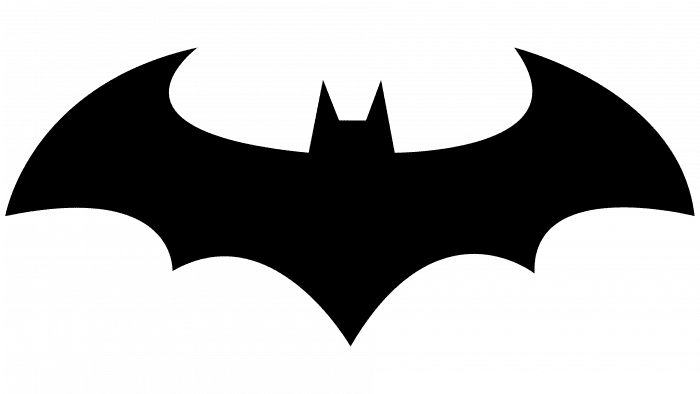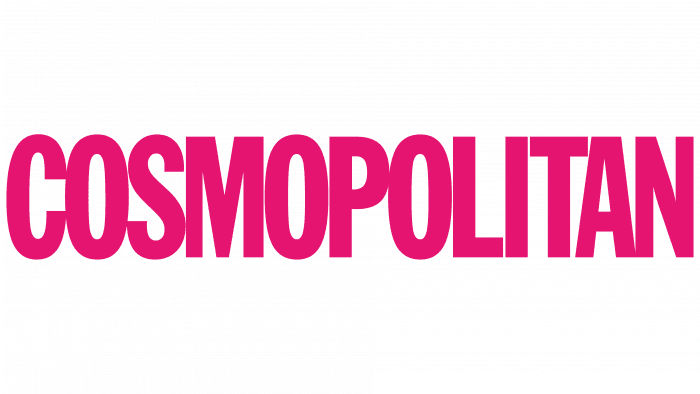The Funimation logo indicates friendliness and presentation of information through animation. The presence of a certain amount of fantasy. The emblem has a hint of analogy, fairy-tale characters, and a good time in front of the screen.
Funimation: Brand overview
| Founded: | May 9, 1994 |
| Founder: | Gen Fukunaga, Cindy Brennan |
| Headquarters: | Cypress Waters, Coppell, Texas, U.S. |
| Website: | funimation.com |
Meaning and History
What is now known as Funimation was at first Gen Fukunaga’s risky experiment. Obeying his uncle, the businessman decided to license the Dragon Ball media franchise. But he had no money, so he convinced the Daniel Cocanougher family to sell their main source of income – the feed mill – and put all the money into the common cause. This is how FUNimation Productions was born, sold to Navarre Corporation in 2005, and changed its name to FUNimation Entertainment. After a few more resales and a couple of global rebrands, the anime distributor got its current name. All these changes are reflected in his logos.
What is Funimation?
Funimation is a US company specializing in the production, dubbing, promotion, and sale of anime and other entertainment media products. Its founders are spouses Fukunaga – Gen and Cindy. They set up the studio in 1994.
1994 – 1996
The platform’s first emblem was nicknamed “Texas Shapes” and “The Lone Star” because it contains one white star – the same as the flag of the American state of Texas. There is a red circle behind the five-pointed shape and a blue rectangle just behind them. In the animated version, they are three-dimensional, and in a static form, they become two-dimensional. On the right is the text containing the name of the company. The inscription is made in jagged black letters, the font of which resembles a handwritten one.
1996 – 2004
In 1996, the company had a new logo known as “The Lone Star II.” It contains the same set of shapes in the previous version, but the rectangle and circle have acquired a light gradient. The words “Funimation Productions” were initially located to the right of the picture, and after a few years, moved down. The font has also changed: the designers have made it smoother and more legible.
2004 – 2005
The “FUNimation Bubbles” badge became part of the corporate identity in 2004 but was not used for long until the Navarre Corporation service sale. The gradient disappeared from the geometric shapes, but thin black outlines appeared. The letters have taken on a white sheen. By the light spots’ location, you can guess that the invisible light source is in the upper right corner. In the animated version, bubbles fly behind the logo, reflecting the black lettering and multi-colored graphic composition.
2005 – 2009
In 2005, the Navarre Corporation acquired Funimation from its creators. The new owner immediately rebranded to showcase its presence. This is how the anime streaming service got the name Funimation Entertainment and an emblem with the corresponding inscription. As a result of the global design work, The New Lone Star was born.
The geometric shapes have an unusual arrangement: the blue rectangle has become a jagged quadrangle, elongated horizontally. The red circle is right there (left) but slightly out of bounds. There is also a reduced white star.
The name of the service is also placed inside the polygon: “FUNIMATION” is written in jumping white letters in the first line, and in the second is “ENTERTAINMENT.” The phrase “A NAVARRE CORPORATION COMPANY” has been moved outside the blue background. For the word “NAVARRE,” the designers used a stylized font with voids in place of some of the lines.
2007 – 2011
In 2007 the company changed headquarters to Flower Mound. She marked her “housewarming” with a new logo, which almost did not differ from the old one. The colors are darker and have a gradient, and the geometric shapes have thin frames. The name of the parent company, on the other hand, brightened a little.
2011 – 2016
In 2011, designers developed the most minimalistic version of the Funimation wordmark. This happened after the Navarre Corporation sold the brand to a group of investors led by Gen Fukunaga. The designers removed all elements except the first word and repainted it black. The “jumping” arrangement of letters has been preserved. An additional “F” icon has also appeared.
2016 – today
The anime licensing and streaming service entered 2016 with a new logo. The public liked the redesign because it solved the technical problems of the old brand. The developers have changed the design of the word “Funimation,” composing it from a mixture of uppercase and lowercase letters in purple. In place of “O” is a circle with a white semicircle that looks like a smile. It is nicknamed “The Smiley Face” and is used alone as an icon.
Funimation: Interesting Facts
Funimation, established in 1994 by Gen Fukunaga and his wife Cindy, has become a key player in bringing Japanese anime to fans globally.
- Start-Up Phase: Beginning operations from their home in Silicon Valley, Funimation’s initial goal was to widen anime’s reach in the U.S., later moving to Texas.
- Breakthrough with “Dragon Ball Z”: Securing the rights to “Dragon Ball Z” significantly boosted Funimation’s standing in the industry and anime’s popularity in the U.S.
- Distribution Innovations: Funimation embraced new platforms and technologies early on, including streaming, digital downloads, and social media, to make anime more accessible.
- Streaming Service Launch: FunimationNow was introduced in 2016. It offers a vast library of anime in subbed and dubbed formats, including new releases and classics.
- Joining Forces with Crunchyroll: Sony’s Funimation Global Group acquired Crunchyroll in 2021 to unify two major anime distributors and enhance the selection available to fans.
- Going Global: Funimation has grown beyond the U.S. to serve fans in Canada, the UK, Ireland, Australia, and New Zealand.
- Original Content Production: Beyond distribution, Funimation has ventured into producing original anime content, showcasing its dedication to the medium’s growth.
- Fan Engagement: Funimation is known for its active involvement in the anime community. It participates in conventions and fan events and maintains a strong online presence.
- Boosting Anime Series: Funimation has played a crucial role in popularizing “My Hero Academia” and “Attack on Titan” in English-speaking territories.
- Focus on Dubbing and Localization: The company is praised for its quality English dubs, employing skilled voice actors to ensure dubbed versions stay true to the original while being accessible to a wider audience.
From a small startup to a global anime distributor, Funimation’s growth mirrors the increasing worldwide popularity of anime, significantly shaping the international anime landscape.
Font and Colors
Funimation has the word “fun” in its name, so the designers rendered it an unusual logo. She conveys energy and excitement before watching new anime episodes. It is a symbol of the changes that the company came to in 2016.
The font for the logo was custom designed. The basis was Helvetica Light, modified by typographers beyond recognition. And for the previous wordmark, the typeface Eurostile was used, which was created by the Italian Aldo Novarese.
The key color is purple (#45298F), which is similar to Blue Gem. Designers chose it for the reason that it can be easily converted to blue or red.
FAQ
What does the Funimation logo mean?
The Funimation logo features the company name in lowercase, using a custom version of the Integral CF font. This design gives the logo a modern and friendly appearance. The cropped “t” with a shortened top bar is a distinctive touch.
Another notable detail is the “o,” designed as a white circle resembling a smiley face. This playful element reflects the brand’s focus on entertainment and anime, symbolizing happiness and enjoyment. The custom font and playful elements make the logo recognizable to fans and viewers.
How did Funimation get started?
Funimation began thanks to Nagafumi Hori from Toei Animation. Hori suggested the idea to his nephew, Gen Fukunaga, an American businessman. He said that if Fukunaga could raise enough money to start a studio, he would help get the license for the Dragon Ball franchise.
Driven by this chance, Fukunaga focused on raising the needed funds. The brand launched with Hori’s help and the promise of a major anime license. This moment marked the start of which grew into a key player in the anime industry, bringing popular titles to audiences in the United States and beyond.
Where is Funimation based?
Funimation Productions, LLC is based in Flower Mound, Texas, USA. This town in the Dallas-Fort Worth area is where the brand handles its business, including licensing, production, distribution, and marketing of anime content.
Being in Flower Mound is due to the area’s strong infrastructure and accessibility, which help with logistics. Texas’s growing tech and entertainment sectors make finding talented staff and building industry connections easier.
From its Texas headquarters, the brand has successfully reached fans across the United States, bringing popular anime titles to a wide audience. The headquarters is home to key departments and staff who work hard to keep the brand thriving in the competitive anime industry.
Besides its main base in Flower Mound, the brand has various partnerships and collaborations worldwide.
What color is the Funimation logo?
The official color of the brand’s logo is purple. According to creative director Bob Robinson, this choice has several reasons.
First, purple is versatile and easily changes shades. This makes it adaptable for different uses and designs.
Second, purple matches the brand’s color palette, ensuring the logo fits well with other design elements. This helps maintain a consistent visual identity.
Finally, purple is vibrant and eye-catching. It stands out and grabs attention, making the logo memorable.

